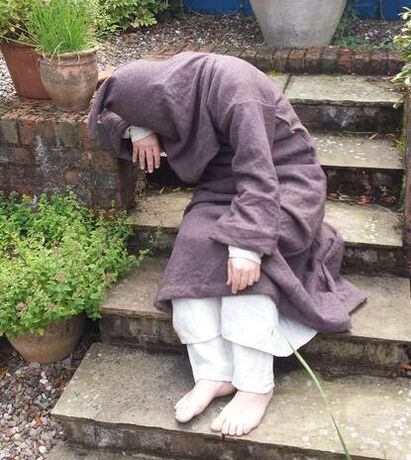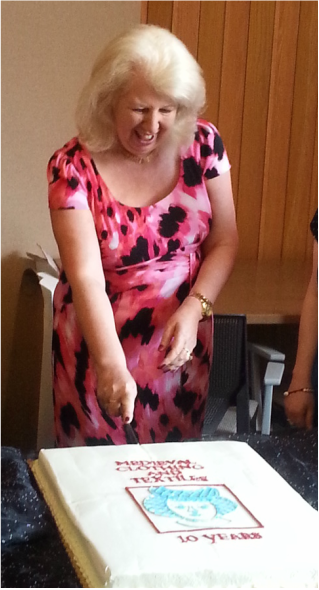2 Comments
Arno Luyendijk
25/3/2017 09:27:03 pm
If the Alderney version is getting so much publicity, why isn't any word given for the far better researched and reconstructed last version by ms Jan Messent, who above all permitted to have her version be used as advisory material but in the end saw her work copied in a way that , well, doesn't even deserve to be praised by academic circles???? Pityful, very pityful.
Reply
Christopher Monk
25/3/2017 09:59:33 pm
Thank you for your reply, Arno. Jan Messent says on her website that she was pleased to offer her help in the Alderney work. I'm afraid I don't agree with your inference that the Alderney piece lacks merit. Owen-Crocker was, I feel, quite balanced in her observations about it, suggesting it is a good thing that people still feel inspired by the original. I'm sure you must agree with that.
Reply
Your comment will be posted after it is approved.
Leave a Reply. |
Details
|


